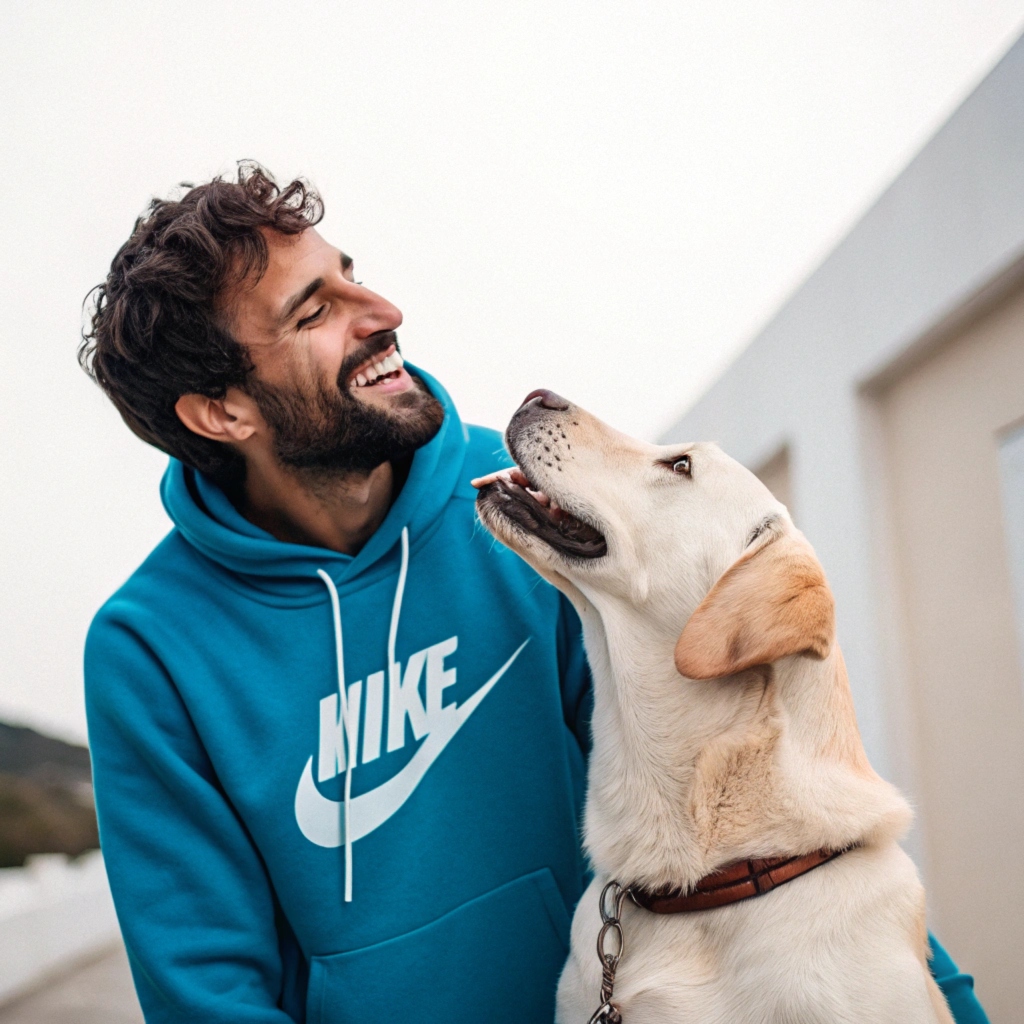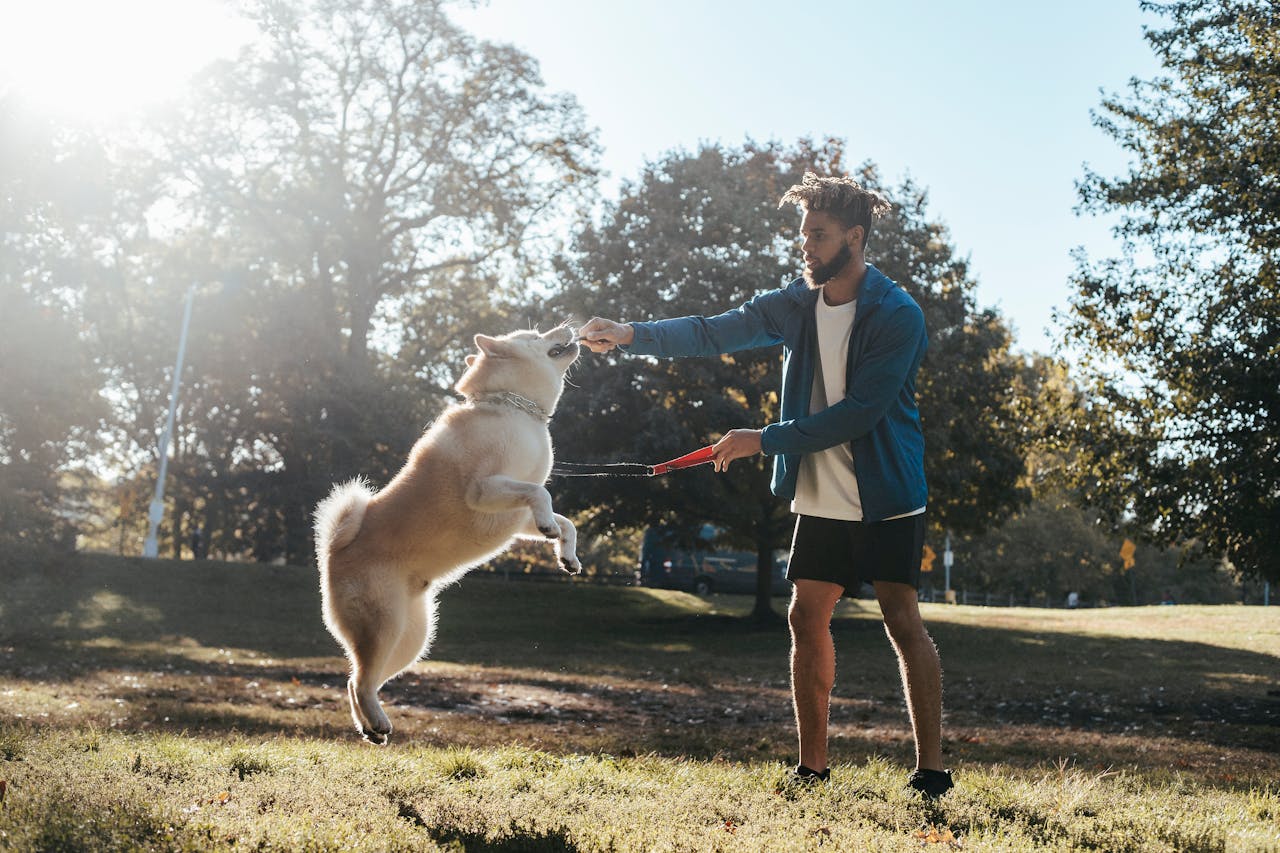6 Tips for Successful Dog Obedience Training
Training your dog doesn’t have to feel like a never-ending battle. We’ve all been there—standing in the yard, asking your dog to “sit” while they stare at you like you’re speaking a foreign language.
Sound familiar? Don’t worry, though—dog obedience training isn’t impossible! With the right approach, even the most stubborn pup can learn to follow your lead.
These six tips will make obedience training easier, fun, and effective.
1. Start With the Basics (Don’t Overcomplicate It)

Before you try to teach your dog how to do backflips or fetch your morning coffee (if only!), focus on the essentials. Sit, stay, come, and down—these are the core commands your dog needs to master first. Why? Because without these basics, everything else will feel like trying to build a house without a foundation.
Keep the commands short and consistent. You’ll also want to avoid using multiple words for the same command. If you say “sit down” one day and “sit” the next, your dog will just get confused. Make it simple, and stick with it!
🍲 50 Printable Dog Food Recipes Your Pup Will Love
Skip the fillers and preservatives. Make healthy, homemade meals your dog will actually eat — using everyday ingredients you already trust. Vet-friendly, budget-friendly, and super easy to follow. 🐾
Perfect for picky eaters, senior dogs, and pups with sensitive stomachs. Make mealtime simple and nutritious again.
Get the Recipes Now 🐶Tip: Use hand signals with your verbal commands. Dogs are super visual learners, and a combination of words and gestures will make it easier for them to understand what you want.
2. Use Positive Reinforcement (AKA, Bribe Your Dog)

Let’s be real—who doesn’t love getting rewarded for doing something right? Dogs are no different. Positive reinforcement is the best way to get your dog to obey. When your pup follows a command, give them a treat, praise, or even a good belly rub. This creates a positive association with listening to you, and over time, they’ll be motivated to do what you ask.
Tip: Keep training treats small so you’re not overfeeding your dog. And, FYI, timing is everything. Reward them immediately after they obey, so they connect the command with the reward.
3. Be Consistent (Seriously, Don’t Skip This)

Consistency is key when it comes to dog obedience training. If you’re only asking your dog to “stay” once in a blue moon, don’t be surprised when they look at you like they’ve never heard the word. Practice daily, even if it’s just for a few minutes, and use the same commands every time.
Tip: Everyone in the household needs to be on the same page. If one person is saying “come” and another is saying “here,” your dog will be super confused. Make sure everyone uses the same words and techniques.
4. Keep Sessions Short and Fun (Dogs Have Short Attention Spans)

Let’s face it—dogs aren’t built to focus on anything for hours on end. Training sessions that drag on forever will only frustrate your pup (and you). Instead, keep things short and sweet. Five to ten minutes of focused training is much more effective than an hour of trying to get your dog’s attention.
Tip: End on a high note! Always wrap up training with a success, whether that’s your dog sitting, staying, or just looking cute. That way, they associate training with positive feelings.
5. Avoid Punishment (Your Dog Isn’t Trying to Annoy You)

It’s easy to get frustrated when your dog isn’t listening, but punishment doesn’t teach your dog what to do. It just teaches them to be scared of you. Instead of scolding or using negative tactics, stick with positive reinforcement. If your dog isn’t getting it, take a step back, be patient, and try again.
Tip: If your dog is struggling, take a break and come back to it later. Frustration won’t help either of you, and sometimes a little downtime can reset the mood.
6. Socialize, Socialize, Socialize (It’s Training in Disguise)

Obedience training isn’t just about learning commands—it’s also about teaching your dog how to behave in different situations. That’s where socialization comes in. Expose your dog to new places, people, and other animals to help them learn how to behave in unfamiliar environments.
Tip: Take your dog to the dog park, on walks around the neighborhood, or even to a pet-friendly café. The more your dog is exposed to, the better they’ll handle different scenarios—plus, it’s a great way to work on those obedience commands in real-world situations.
FAQs
Q: How long does dog obedience training take?
A: It depends on your dog’s breed, age, and temperament. Some dogs pick up commands quickly, while others might need a little more time and practice. Stay consistent, patient, and remember—it’s a marathon, not a sprint!
Q: Can older dogs learn new commands?
A: Absolutely! While puppies tend to learn quicker, older dogs can still master obedience training. You might need to be a bit more patient, but with consistency and positive reinforcement, they’ll catch on.
Q: Should I use treats for every command?
A: Treats are great for teaching new commands, but you can eventually phase them out. Once your dog reliably follows a command, start replacing treats with praise or playtime. That way, they won’t only listen when food’s involved!
Q: What do I do if my dog isn’t responding to training?
A: Take a step back and assess the situation. Are your commands clear? Are you consistent? Is your dog getting overwhelmed? Sometimes it helps to break things down into smaller steps or seek help from a professional trainer.
Final Thoughts
Training your dog might seem overwhelming, but with these six dog obedience training tips, you’ll have your pup listening like a pro in no time. Remember, patience is your best friend (along with your dog, of course). Whether you’re working with a puppy or an older dog, consistency, positive reinforcement, and short, fun sessions will make all the difference.
Obedience training isn’t just about commands—it’s about building trust, communication, and a bond with your dog. So, grab some treats, stay positive, and watch your furry friend transform into the well-behaved pup you’ve always dreamed of! 🐾

I’ve spent 10+ years in dog training, digging into what makes dogs (and their humans) tick. At Smart Dog Learning, I share my no-nonsense, fun approach to training so you can enjoy life with a well-behaved, happy pup—no boring lectures, just practical results 😉





